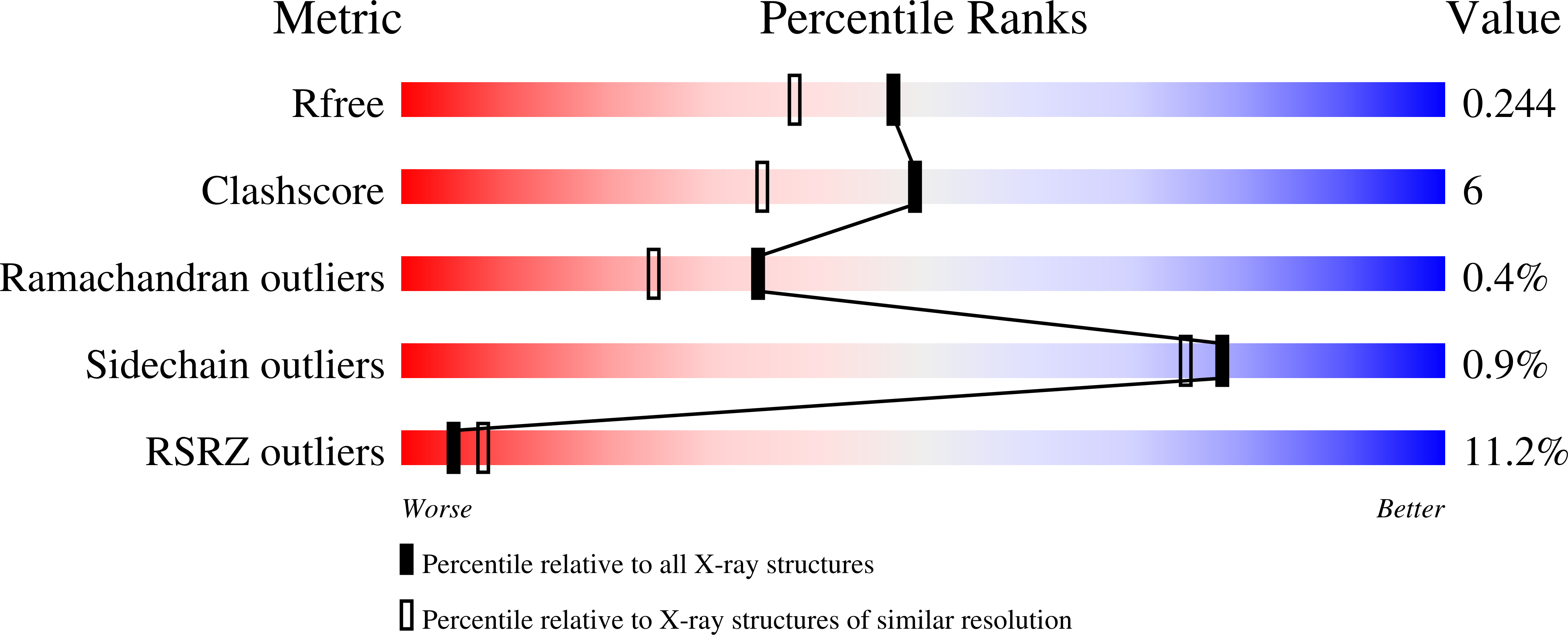
Deposition Date
2006-07-06
Release Date
2006-09-12
Last Version Date
2024-02-14
Entry Detail
PDB ID:
2HL5
Keywords:
Title:
Crystal structure of the C-terminal domain of human EB1 in complex with the A49M mutant CAP-Gly domain of human Dynactin-1 (p150-Glued)
Biological Source:
Source Organism:
Homo sapiens (Taxon ID: 9606)
Host Organism:
Method Details:
Experimental Method:
Resolution:
1.93 Å
R-Value Free:
0.24
R-Value Work:
0.21
R-Value Observed:
0.21
Space Group:
P 21 21 2


